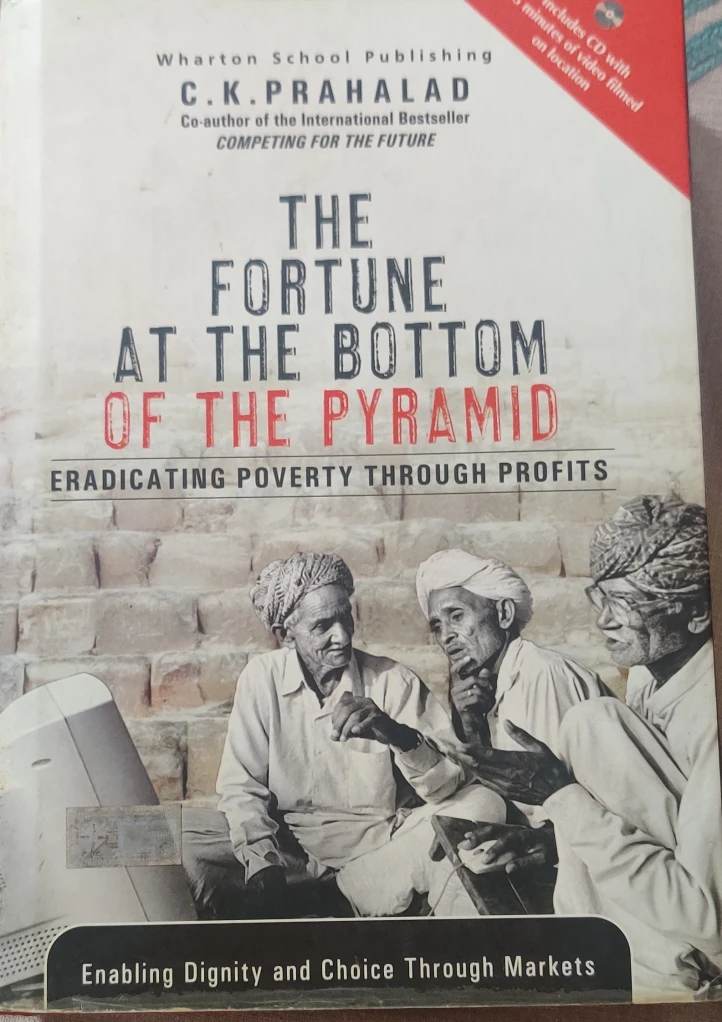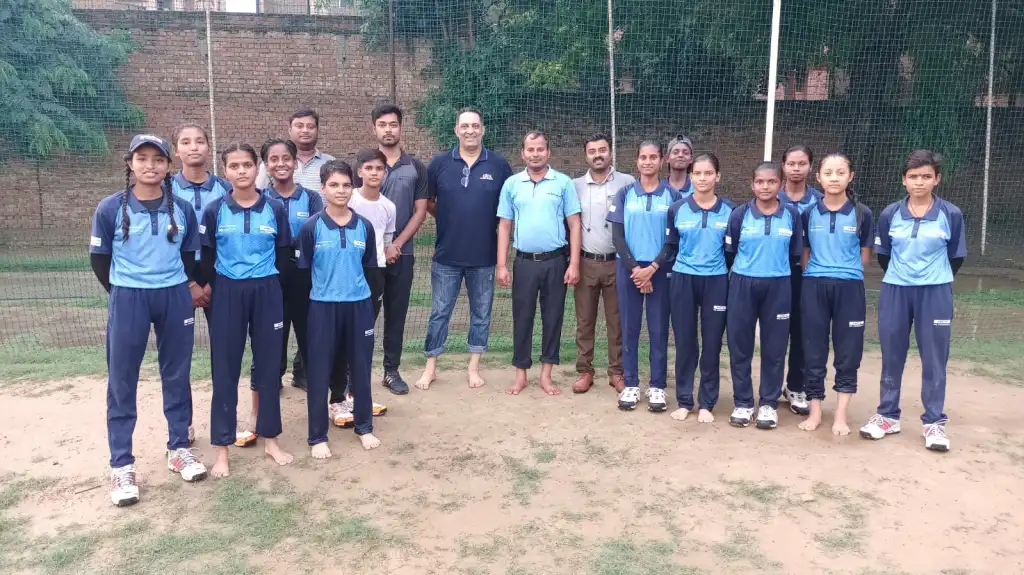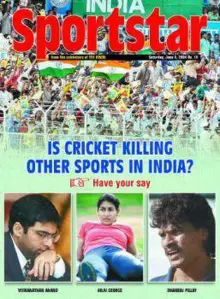It was sometime in late 2004 when I read the Wharton professor C K Prahlad’s inspiring book “The Fortune At The Bottom Of The Pyramid”. The core principle of this book revolves around offering products and services to consumers who are at the bottom of the consumption hierarchy and the profitable impact it makes to their lives and the overall economy of that country. The book has had a long lasting and an emotional influence on my own values and thinking. This was the first among a few other books that have radically nudged my mind and heart. At that time, I was working with the erstwhile Reliance Petroleum and we had embarked on a massive project that involved improving the difficult life of the trucking community whilst they were on the road. Strangely after around a year or so, my career took a diagonally opposite direction and I became a part of the superfluous luxury industry for a period of almost 15 years. Though I learnt a lot during those years and enjoyed my stint, I am profoundly indebted to the late Mr. Prahlad and his ideology which has stayed with me.

Now having started my own venture a little over a year ago, I have been privileged to have experienced and seen at first hand the hunger to succeed, the talent and the fortune at the bottom of the sporting pyramid. Until the turn of this century, sport in India was dominated by athletes coming from the metro cities and larger towns. Also the socio-economic profile of the athletes who made a mark on the global arena was middle class, even bordering upper middle class – the Amritraj brothers, Ramesh Krishnan and his father, Leander Paes, Mahesh Bhupathi, Rohan Bopanna and Sania Mirza in tennis, Prakash Padukone, Syed Modi and P Gopichand in badminton, Tendulkar, Dravid, VVS Laxman, Saurav Ganguly in cricket, Geet Sethi (snooker), Michael Ferreira (billiards), Abhinav Bindra and Gagan Narang in shooting and so on. Of course there were a few exceptions like Kapil Dev or Dhanraj Pillai or P T Usha, but they were more an exception than a rule. This demographic profile has undergone a sea change and while we do have a Virat Kohli, Rohit Sharma or a Kamran Thandi and others, most of the talent across all sports is coming from the villages and tier 2, 3 and 4 towns.
A look at the list of our Olympians and the CWG medalist and you may wonder where most of the places are located on India’s map. Names like Vandse, Deulpur, Khudan, Nabha, Chhara, Viramgam, Nizamabad, Beed and Almora from where our champions came from sound more like Kaun Banega Crorepati’s (KBC) seven crore question. Over the last decade, places like Bhiwani, Manipur, Meghalaya and Assam have become an integral part of our sporting legacy and achievement. How has this been possible?
The credit must be given where it is due and a large share is thanks to both the government led initiatives at the grass root level such as Khelo India, NTCS – National Talent Contest Scheme, STC – SAI’s training scheme and also due to several private programs and NGOs that have focused on unearthing talent from remote places. Even in cricket, it was an initiative called TRDW – Talent Resource Development Wing initiated by the Board of Control for Cricket in India (BCCI), developed by Dr. Makarand Waingankar and led by Dilip Vengsarkar and Brijesh Patel that we were able to discover MS Dhoni from the mining and naxal infested state of Jharkhand as well as others such as Suresh Raina, Irfan Pathan, Sreesanth, RP Singh and Piyush Chawla – all from non- metro cities. There were 30 TRDOs Talent Resource Development Officers actively scouting for talent all over the country. Over 100 young but hugely talented players emerged from this initiative. Dhoni became a role model and an inspiration for other cricketers from smaller and remote places which were not on the cricketing map. Now we have a larger share of players from these unheralded towns who are a part of the Indian cricket team. No wonder states like Vidharbha and Madhya Pradesh have won the Ranji Trophy three times over the last four years and the year Delhi won, it was a small state with rich cricketing history – Saurashtra that was the runners up.
There are many private establishments like the Reliance Foundation, Sportz Village, Shreeja, The Abhinav Bindra Foundation, P Gopichand Academy and others whose objective is to provide both infrastructure and soft support in the form of coaching and education to underprivileged kids at the grass root level, thereby allowing them an opportunity to showcase and develop their sporting talent. Even now while there is a disproportionate support system for the elite athletes and city based kids, governments in Odisha and Madhya Pradesh have made significant investments and are focused on an all-round athletic development program starting from the bottom end of the pyramid which also includes the tribal community. These entities allow the athletes to learn the skills and also educate themselves. Recently I was in Lucknow and was pleased to interact with many teenaged girls studying in municipal schools who were given an opportunity to train in football and cricket by the Sportz Village Foundation. Some of these girls have the talent in them to go all the way; and with the right support and encouragement, one won’t be surprised to find a few making a mark on the global stage.



However I believe that infrastructure and soft support is not enough once these talented athletes reach the national or international level. They need firstly mentoring and then sport psychological counselling. Let’s look at two prodigiously talented cricketers -Yashasvi Jaiswal born in Suriyawan UP and Prithvi Shaw born in Gaya Bihar. Both boys from not so well to do migrant families moved to Mumbai at an early age to pursue their dream to play for the country. Given their talent, not surprisingly they got the required support to develop their game – which they did. Prithvi has played for India and Jaiswal is on the cusp. But unfortunately both of them have hit a road block. Not because of lack of ability and talent but sadly because they are deficient in the required upbringing, mentoring and education. As a result, there is a worry that both may be lost to Indian cricket.
During my time, it was Vinod Kambli who lost his way both on the field and off it. Again an outstanding talent but poor upbringing and lack of education were his bane. All Vinod required was a stable mentor. Surya Yadav who has recently taken T20 batting to another level would have gone the Vinod Kambli way, but luckily he found a mentor and ever since 2019 has turned around not just his game but also his outlook towards life. Surya comes from Ghazipur City in UP but his childhood was spent in Mumbai at BARC where his father worked as an engineer. His issues cropped up when he attained success at the domestic level and was unable to handle it. Vinod’s situation at home was unfortunately far worse. Hence his need for a strong and stable mentor was an absolute necessity. These are all examples of self-sabotage where the requirement was of self-mastery. Whenever self-mastery is not possible, it is important to provide them the required mentoring.
What is mentoring and how does it help a young athlete? Will cover this subject in my next blog. Remember “A sheep without a shepherd, goes astray”.
The author is the founder of Nudge Sports (www.nudgesports.in) where we strive to build a strong sporting community by nudging the athlete to become not just a better player but a stronger and a socially conscious individual using top-notch mental conditioning programs. All our programs are developed by qualified and experienced sport and performance psychologists.






